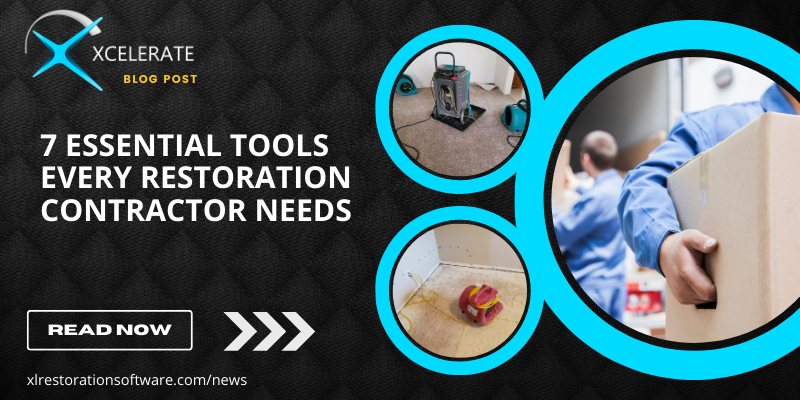7 Essential Tools Every Restoration Contractor Needs
July 17, 2024 •Ember Davis

In the demanding field of restoration, having the right tools is crucial to maintaining efficiency, ensuring quality, and delivering outstanding results. Whether you're dealing with water damage, fire restoration, or mold remediation, equipping your team with the right tools can make all the difference. In this comprehensive guide, we'll explore the seven essential tools every restoration contractor needs to succeed.
1. Advanced Moisture Meters
Moisture meters are indispensable in the restoration industry. They help you detect and measure moisture levels in various materials, ensuring thorough drying and preventing future mold growth.
Benefits:
- Precision: Provides accurate readings of moisture content in walls, floors, and ceilings.
- Prevention: Helps in identifying hidden moisture that could lead to mold growth or structural damage.
- Efficiency: Speeds up the drying process by pinpointing exact areas that need attention.
Example: Use pin-type and pinless moisture meters to assess water damage levels accurately and create a targeted drying plan.
2. Thermal Imaging Cameras
Thermal imaging cameras are essential for detecting hidden moisture, leaks, and insulation issues that aren't visible to the naked eye.
Benefits:
- Detection: Identifies moisture behind walls and ceilings without intrusive methods.
- Documentation: Provides visual evidence of moisture problems for insurance claims and client communication.
- Efficiency: Allows for quick scans of large areas, saving time on inspections.
Example: Implement thermal imaging cameras to locate hidden leaks and moisture pockets, ensuring comprehensive restoration work.
3. Air Movers and Dehumidifiers
Efficient drying equipment is a cornerstone of successful water damage restoration. Air movers and dehumidifiers work together to accelerate the drying process.
Benefits:
- Speed: Reduces drying time significantly, preventing mold growth and further damage.
- Effectiveness: Ensures thorough drying by circulating air and removing excess moisture from the air.
- Versatility: Suitable for use in various environments, from residential homes to large commercial spaces.
Example: Equip your team with high-capacity air movers and dehumidifiers to tackle extensive water damage projects effectively.
4. Job Management Software
Job management software is a game-changer for restoration contractors. It helps streamline project management, from initial assessment to project completion. Restoration software such as Xcelerate is specifically designed to meet the unique needs of restoration contractors. It integrates various tools and features to streamline operations and improve efficiency. Learn More
Benefits:
- Organization: Centralizes all project information, making it easily accessible to the entire team.
- Efficiency: Automates tasks such as scheduling, documentation, and reporting.
- Communication: Enhances communication with clients and subcontractors through real-time updates and notifications.
Example: Utilize restoration software that includes features like digital documentation, a customizable reporting suite, and integration with other tools you use.
5. Digital Documentation Tools
Digital documentation tools are essential for capturing and organizing project data, photos, and notes. They simplify the documentation process and ensure all information is easily accessible.
Benefits:
- Accuracy: Reduces the risk of errors and omissions in documentation.
- Accessibility: Makes it easy to retrieve project information for reference or client communication.
- Compliance: Ensures all necessary documentation is in place for insurance claims and regulatory requirements.
Example: Implement mobile apps that allow technicians to capture photos, take notes, and fill out forms directly on-site.
6. Personal Protective Equipment (PPE)
Safety is paramount in restoration work. Equipping your team with the right personal protective equipment (PPE) protects them from potential hazards.
Benefits:
- Safety: Protects workers from exposure to harmful substances such as mold, asbestos, and chemicals.
- Compliance: Ensures adherence to safety regulations and industry standards.
- Confidence: Provides peace of mind to workers, allowing them to perform their tasks effectively.
Example: Ensure your team has access to high-quality PPE, including respirators, gloves, goggles, and protective suits.
7. Restoration Software
Conclusion
Equipping your restoration business with the right tools is essential for streamlining operations, improving efficiency, and ensuring high-quality results. Advanced moisture meters, thermal imaging cameras, air movers, and dehumidifiers are crucial for effective damage assessment and remediation. Job management software, digital documentation tools, and restoration-specific software help organize and manage projects, while personal protective equipment ensures the safety of your team.
By leveraging these essential tools, restoration contractors can enhance their workflows, deliver superior service, and achieve business success. To learn more about optimizing your restoration operations with the right tools and strategies, consider downloading our free KPI Guidebook. This comprehensive resource offers valuable insights and practical tips to help you drive results and grow your restoration business.

